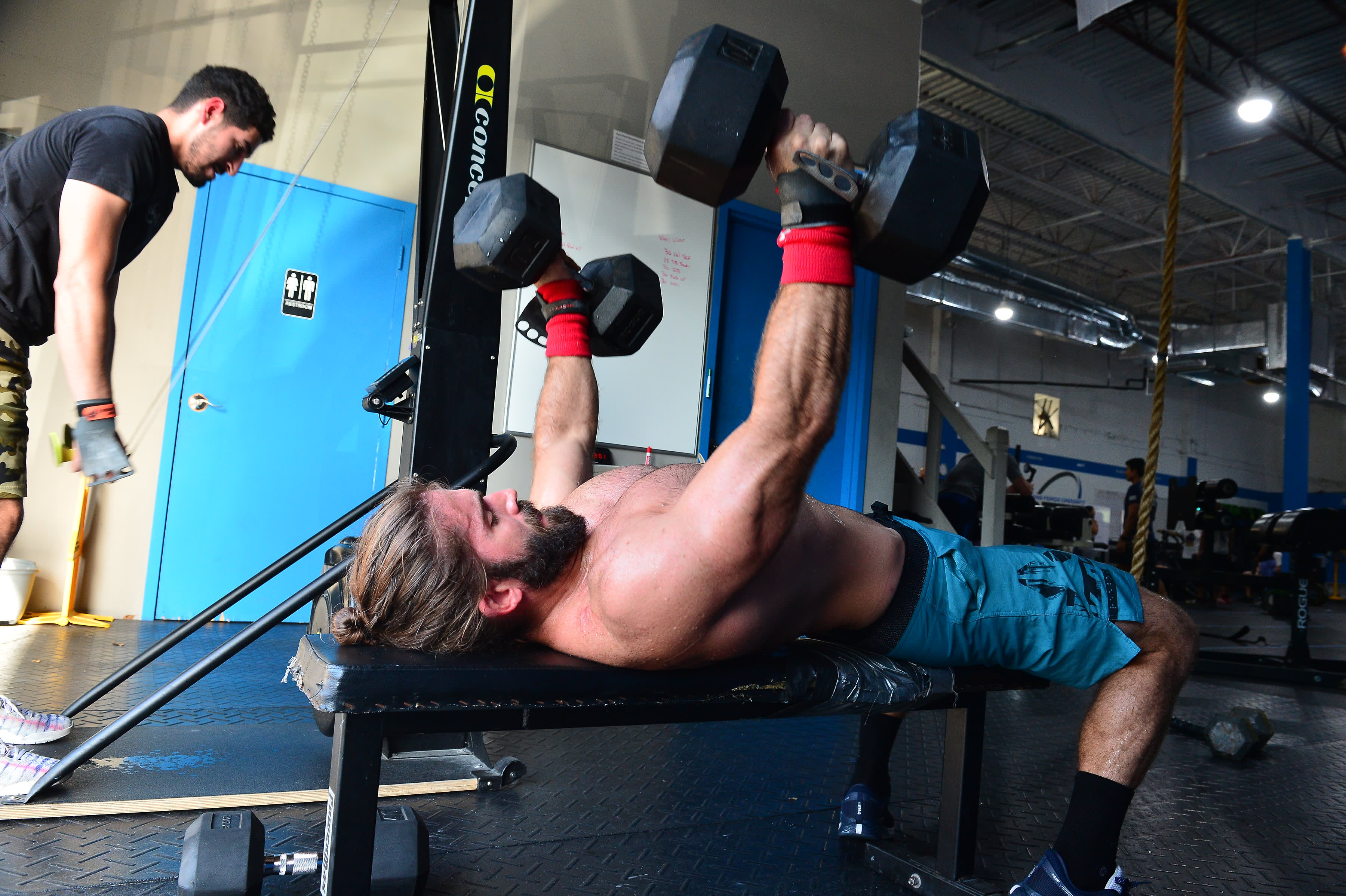The World Health Organization published new guidance Thursday, saying it can’t rule out the possibility that the coronavirus can be transmitted through air particles in closed spaces indoors, including in gyms and restaurants.
The WHO previously acknowledged that the virus may become airborne in certain environments, such as during “medical procedures that generate aerosols.” The new guidance recognizes some research that suggests the virus may be able to spread through particles in the air in “indoor crowded spaces.” It cited “choir practice, in restaurants or in fitness classes” as possible areas of airborne transmission.
“In these events, short-range aerosol transmission, particularly in specific indoor locations, such as crowded and inadequately ventilated spaces over a prolonged period of time with infected persons cannot be ruled out,” the United Nations health agency’s new guidance says.
The WHO said in its guidance that while early evidence suggests the possibility of airborne transmission in such environments, spread by droplets and surfaces could also explain transmission in those cases.
“However, the detailed investigations of these clusters suggest that droplet and fomite transmission could also explain human-to-human transmission within these clusters,” the guidance says.
The WHO added that more research is needed to further investigate preliminary findings. The agency says the main mode of transmission is still believed to be through respiratory droplets.
Airborne transmission of the coronavirus could occur if virus-carrying droplets “generate microscopic aerosols” by evaporating, the WHO said, or if “normal breathing and talking results in exhaled aerosols.” In theory, WHO says someone could inhale the aerosols and become infected. But it remains unknown, WHO says, if such aerosols would actually carry enough viable virus to cause infection.
“To date, transmission of SARS-CoV-2 by this type of aerosol route has not been demonstrated; much more research is needed given the possible implications of such route of transmission,” WHO’s guidance says.
WHO said it is further researching the role of different modes of spread, including by air, as well as how much virus is required to potentially infect someone and what kinds of environments create greater risk for spread.
If airborne transmission proves to be a major factor in the spread of the virus, it could have wide-ranging policy consequences. Masks may prove to be even more important in reducing infections, especially in indoor environments and even in areas where physical distancing is possible. And more specialized masks designed to block microscopic particles may become more important. Specially outfitted ventilation units designed to kill the virus in circulating air could prove critical in preventing spread in indoor, congregate settings.
The new guidance comes after 239 scientists from 32 different countries published an open letter earlier this week calling for the WHO and other health authorities to update their information on the coronavirus.
In an article entitled “It is Time to Address Airborne Transmission of COVID-19,” the group of scientists contend that the WHO needs to give more weight to the role of the airborne spread of Covid-19.
On Tuesday, top WHO officials told reporters they were reviewing the latest evidence and collaborating with the broader scientific community to issue new guidance on what is currently known about whether and how easily the virus spreads by air.
“The body of evidence continues to grow and we adapt,” Dr. Soumya Swaminathan, the WHO’s chief scientist, said Tuesday. ”We take this very seriously. We are of course focused on public health guidance.”
Some scientists have criticized the WHO for being slow to issue guidance on the latest research into the coronavirus, which emerged in Wuhan, China, a little over six months ago. The WHO has defended its guidance, saying that it’s transparent about its review process and applies healthy skepticism to research that has not been peer-reviewed.
On some days, the WHO reviews up to 1,000 publications, Swaminathan said Tuesday. A typical day might mean WHO researchers are combing through about 500 new studies on topics ranging from how the virus spreads to drugs to treat Covid-19.
